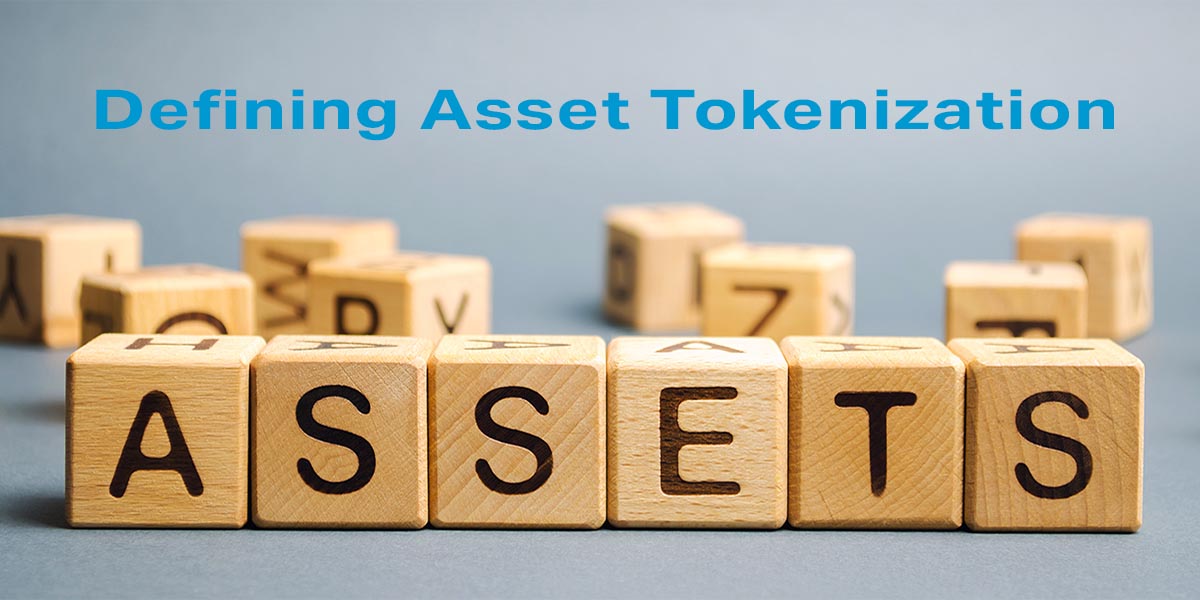Let’s delve deeper into the concept of asset tokenization and begin with ‘Defining Asset Tokenization’
1.1 Defining Asset Tokenization: A Deeper Dive
Asset tokenization is not just a buzzword; it’s a transformative process that’s redefining ownership and investment in the digital age. At its core, asset tokenization is about converting rights to an asset into a digital token on a blockchain. Here’s a more in-depth look at what this entails:
The Essence of Tokenization
- Digital Representation: Each token is a digital representation of a stake in an asset, whether it’s a piece of art, real estate, or a vintage car.
- Unique Identification: Tokens are unique, with distinct characteristics encoded into them, ensuring that ownership is clear and indisputable.
The Role of Blockchain
- Decentralized Ledger: Blockchain acts as a decentralized ledger that records all transactions involving these tokens, providing a transparent and secure history of ownership.
- Smart Contracts: These are self-executing contracts with the terms of the agreement directly written into code. They automate the execution of an agreement so that all participants can be immediately certain of the outcome, without any intermediary’s involvement or time loss.
Token Standards
- ERC-20 and ERC-721: These are among the most common standards for creating and issuing tokens on the Ethereum blockchain. ERC-20 tokens are fungible, meaning each token is identical and interchangeable. ERC-721 tokens are non-fungible, meaning each token is unique and not interchangeable.
Fractionalization
- Breaking Down Barriers: By breaking down assets into smaller, more affordable tokens, asset tokenization opens up investment opportunities to a broader audience.
- Diversification: Investors can diversify their portfolios by owning fractions of multiple assets, spreading risk and potential reward.
Regulatory Framework
- Compliance: Tokenization requires adherence to various regulations, including securities laws, anti-money laundering (AML) and know your customer (KYC) regulations.
- Legal Recognition: For tokens to represent legal ownership, they must be recognized by the jurisdiction’s legal system where the asset is located.
Marketplace for Tokens
- Secondary Markets: Tokenized assets can be traded on secondary markets, which are often decentralized exchanges (DEXs) or specialized platforms.
- Price Discovery: These markets facilitate price discovery, allowing the value of tokenized assets to be determined by supply and demand.
The Future of Tokenization
- Innovation: As technology advances, we can expect new forms of tokenization, potentially involving more complex assets and rights.
- Integration: Tokenization may integrate with other technologies, such as AI and IoT, to create even more sophisticated investment products.
By understanding the depth of asset tokenization, we can appreciate its potential to revolutionize investment, finance and ownership. It’s a step towards a more inclusive and efficient financial system, where the barriers between physical and digital assets are blurred, and opportunities are made more accessible to all.



